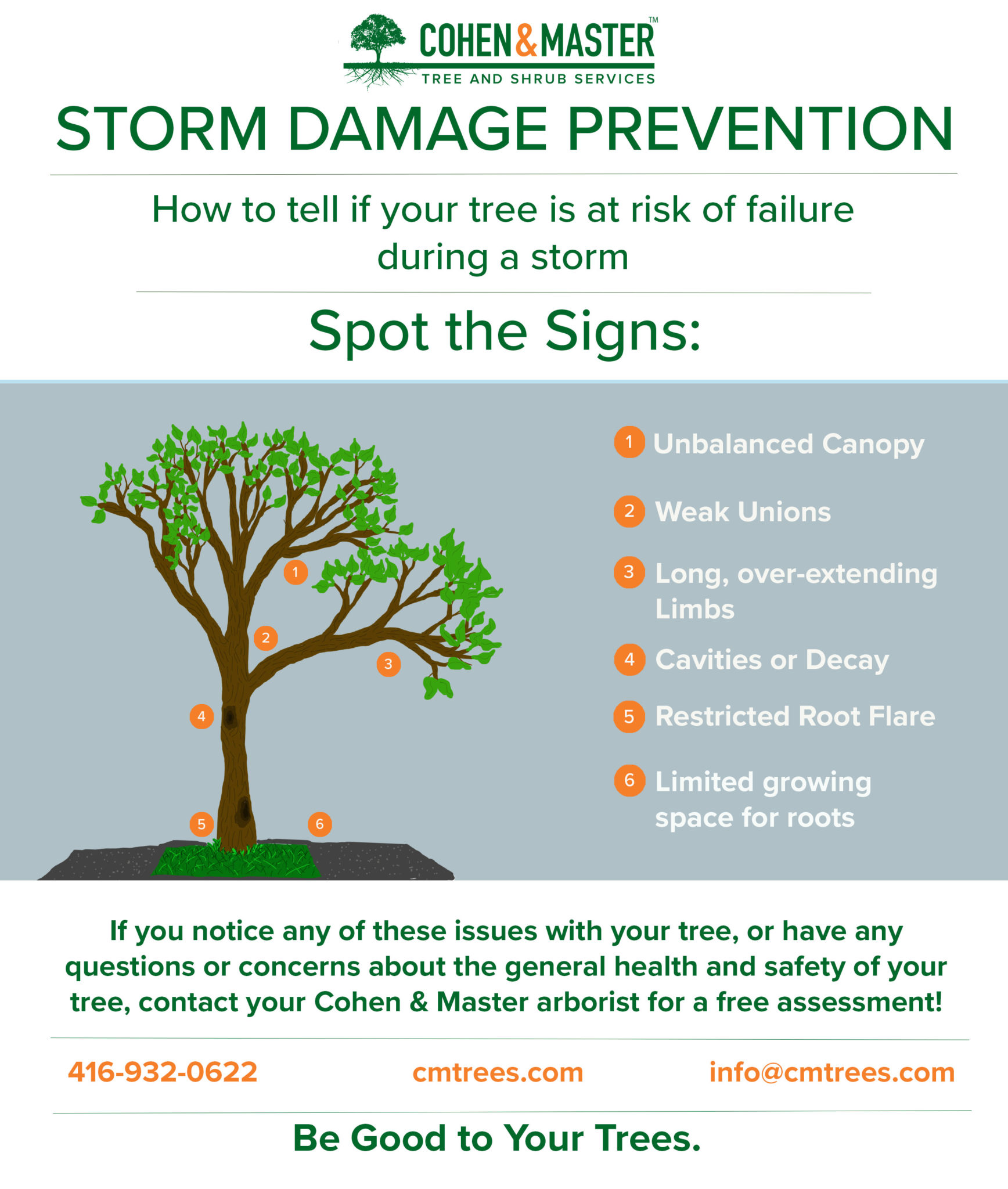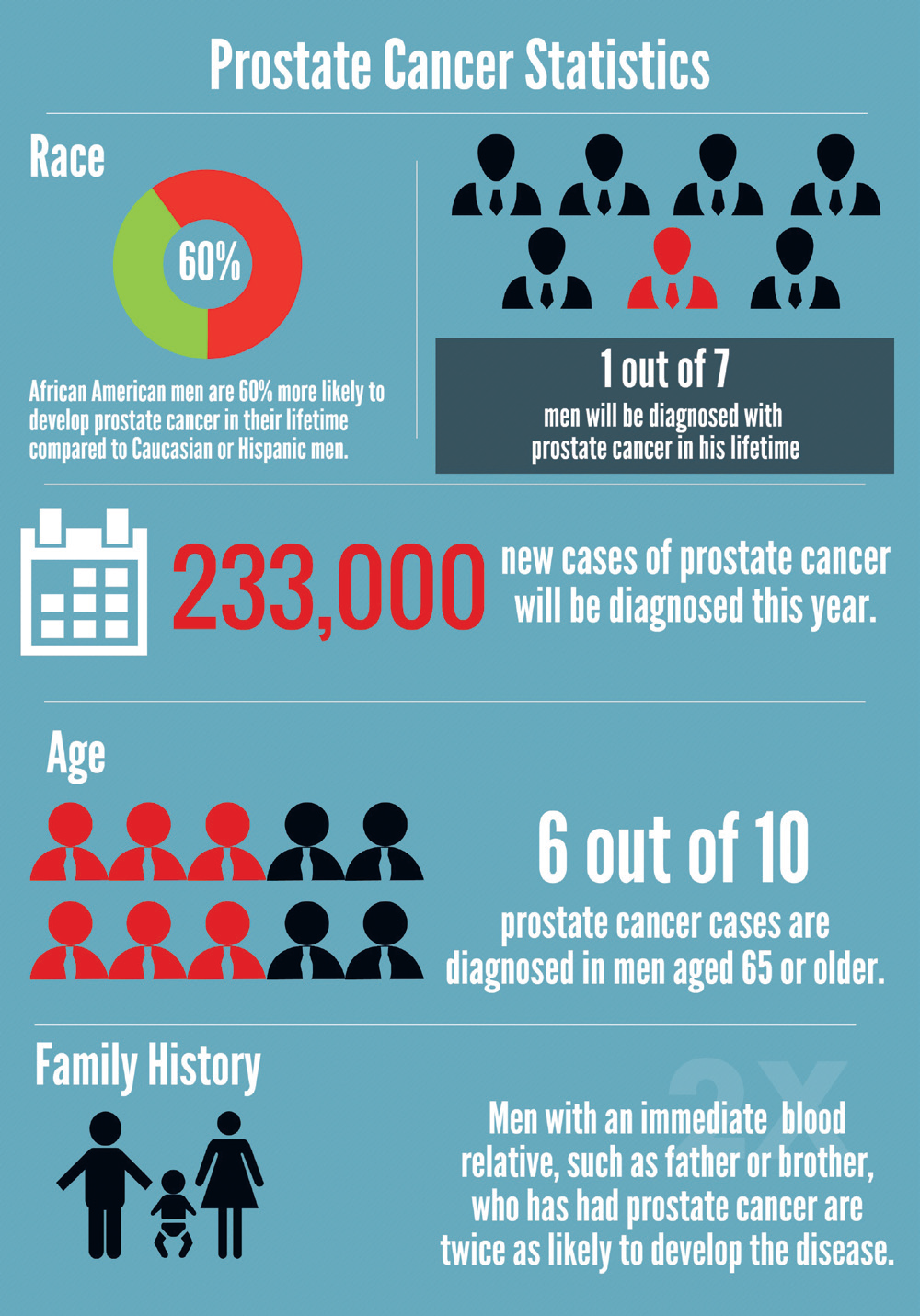Susquehanna Valley Storm Damage: Prevention, Preparation, And Response

Table of Contents
Storm Damage Prevention in the Susquehanna Valley
Proactive measures are key to reducing the severity of Susquehanna Valley storm damage. Investing in prevention significantly reduces the long-term costs of repairs and replacements.
Protecting Your Property
Regular home maintenance is the first line of defense against storm damage. This includes:
- Roof Inspections: Schedule annual inspections to identify and repair damaged shingles, flashing, or other vulnerabilities. A compromised roof is a major entry point for water damage during storms.
- Gutter Cleaning: Clean gutters and downspouts regularly to prevent clogs that can lead to water damage to your foundation and siding. Consider installing gutter guards to minimize maintenance.
- Tree Trimming: Trim overhanging branches that could fall on your house during high winds. Consult with a certified arborist for professional pruning and tree removal if necessary.
- Foundation Checks: Inspect your foundation for cracks or weaknesses. Address these promptly to prevent structural damage during severe weather.
- Install storm shutters: These protect windows from damage caused by high winds and debris.
- Reinforce weak points: Identify and strengthen any vulnerable areas in your home's structure, such as weak doors or windows.
Local resources like the Better Business Bureau can help you find reputable home inspectors and contractors for preventative maintenance.
Landscaping for Storm Resilience
Strategic landscaping plays a significant role in mitigating wind and water damage. Consider these approaches:
- Plant windbreaks: Strategically planted trees and shrubs can act as natural barriers, reducing wind speed around your home.
- Create drainage channels: Guide water away from your foundation using landscaping techniques like swales and berms. This prevents water from accumulating and causing damage.
- Choose native plant species: Native plants are better adapted to the local climate and are often more resilient to storms.
- Regular lawn maintenance: A well-maintained lawn helps to prevent erosion and soil runoff during heavy rainfall.
Contact local landscaping companies or arborists for advice on creating a storm-resilient landscape.
Preparing for Susquehanna Valley Storms
Preparation is paramount when facing the threat of severe weather. A well-defined plan and emergency kit can significantly reduce stress and improve your chances of weathering the storm safely.
Developing a Family Emergency Plan
A comprehensive family emergency plan should include:
- Identify a safe room: Designate a room in your home as a safe place to shelter during a storm.
- Stockpile emergency supplies: See the next section for details on what to include in your emergency kit.
- Establish a communication plan: Determine how family members will contact each other if separated during a storm. Include out-of-state contacts.
- Plan evacuation routes: Identify multiple escape routes from your home and community in case of flooding or other emergencies.
Utilize resources from FEMA and the American Red Cross to develop your emergency plan.
Building an Emergency Kit
Your emergency kit should contain:
- Water: One gallon of water per person per day for at least three days.
- Food: Non-perishable food items that require no cooking or refrigeration.
- First-aid supplies: A well-stocked first-aid kit with bandages, antiseptic wipes, pain relievers, etc.
- Medications: A supply of essential medications for all family members.
- Flashlights and batteries: Multiple flashlights and extra batteries are essential for lighting during power outages.
- Radio: A battery-powered weather radio to stay informed during the storm.
- Copies of important documents: Keep copies of insurance policies, identification, and other essential documents in a waterproof container.
Remember to rotate your supplies regularly to ensure freshness and effectiveness.
Monitoring Weather Forecasts
Staying informed about weather forecasts is crucial. Reliable sources for Susquehanna Valley weather include:
- The National Weather Service (NWS): The primary source for official weather forecasts and warnings.
- Local news channels: Local news provides up-to-the-minute weather updates and storm coverage.
Understand the difference between a weather watch and a weather warning. A watch means conditions are favorable for severe weather, while a warning indicates severe weather is imminent.
Responding to Susquehanna Valley Storm Damage
Responding effectively to storm damage requires a combination of safety precautions and quick action.
Assessing Damage Safely
Safety is paramount after a storm. Before assessing damage:
- Avoid downed power lines: Never approach or touch downed power lines.
- Check for gas leaks: If you smell gas, immediately evacuate your home and contact your gas company.
- Be aware of debris: Use caution when walking around your property after a storm. Debris may be sharp or unstable.
Document all damage with photos and videos for insurance purposes.
Securing Your Property
After assessing the damage, take steps to secure your property:
- Cover damaged areas: Use tarps or other materials to protect damaged areas of your home from further weather damage.
- Board up windows: Board up broken windows to prevent further damage and intrusion.
Prioritize safety and only undertake tasks you are comfortable and capable of handling.
Contacting Emergency Services and Insurance
Contact the relevant authorities and your insurance provider promptly:
- Emergency services: Contact 911 for immediate emergencies.
- Insurance provider: Report damage to your insurance company as soon as possible to initiate the claims process.
Follow your insurance company’s instructions for filing a claim and providing necessary documentation.
Conclusion
Protecting yourself and your property from Susquehanna Valley storm damage requires a three-pronged approach: prevention, preparation, and response. By taking proactive steps to prevent damage, developing a comprehensive emergency plan, and responding safely and efficiently after a storm, you can significantly minimize the impact of severe weather on your life and property. Don't wait for the next storm! Start preparing today by implementing these Susquehanna Valley storm damage prevention and preparedness strategies. Utilize the resources mentioned throughout this article to create a safer and more resilient home and community.

Featured Posts
-
 The Fdas Clampdown On Off Brand Ozempic What It Means For You
May 22, 2025
The Fdas Clampdown On Off Brand Ozempic What It Means For You
May 22, 2025 -
 Saskatchewans Political Landscape Analyzing The Federal Election Fallout
May 22, 2025
Saskatchewans Political Landscape Analyzing The Federal Election Fallout
May 22, 2025 -
 Ongoing Investigation Police Probe Lancaster County Shooting Incident
May 22, 2025
Ongoing Investigation Police Probe Lancaster County Shooting Incident
May 22, 2025 -
 Bidens Prostate Cancer History A Look At The 2014 Screening
May 22, 2025
Bidens Prostate Cancer History A Look At The 2014 Screening
May 22, 2025 -
 China Us Trade Relations The Rush To Beat The Deadline
May 22, 2025
China Us Trade Relations The Rush To Beat The Deadline
May 22, 2025
